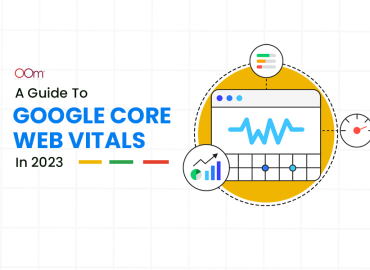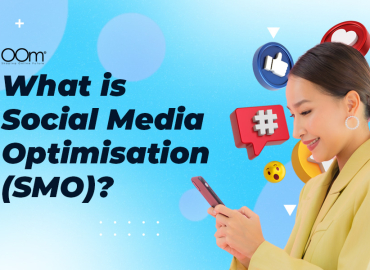Try to remember why you have seen this blog in the first place. You may be scrolling through the net looking at something after typing in the right keywords. It can also be that you have just seen our post by chance as you scroll randomly on social media. You may think it’s by chance but with SEO, hardly anything happens accidentally. Change is fast here on the Internet but there are always reasons why this led to this. One of the many reasons why users are pooled here and there and are brought to several pages is because of Search Intent. Search Intent is an important factor to consider with SEO. Today, we shed light on this drive that pushes users to land on your websites and pages.
What is Search Intent?

Before delving further into details, let us first unwrap one topic at a time. Search intent refers to the reasons or the conditions as to why users even enquire on search engines like Google. Search intent will be one of your biggest clues in understanding your audiences and eventually knowing how they behave. This tells you what they want to learn and why they did the said enquiry. Are they looking for something to purchase or are they looking for a page? All these questions and more will eventually boil down to knowing the profile of your target consumers: their social class, gender, interests, race, and more! Getting to know your target consumers and how they behave will be your golden tickets in gaining more traffic.
Why is Search Intent important?

Let’s take a little history first. Before, SEO operates to appease the search engine crawlers. Links and keywords are just everywhere, disregarding what the content shows and where the links are placed. Since search engines like Google are more concerned about user experience, they updated their algorithm which drastically sifted the Internet and pushed websites that use these strategies at the bottom pages of the search engine, if not penalized them. Starting that time and with every Google update, content generation has been one of the things that had to be worked on. This will make users genuinely engage with your website and will gain you more traffic.
Now, how are you going to create content? How are you going to choose your keywords? All these boil down to search intent and how users behave. This will help you generate relevant content and strategies that are based on what the consumers are looking for. In a way, search intent and SEO work in synergy.
What are the types of Search Intent?

There are 4 types of search intent that will be helpful to refer to:
1. Informational
This intent refers to when the user is searching for information. They may be looking for simple answers to simple questions like factual ones or trivia. It can also be a question that requires a long explanation. Informational searches are fashioned into different structures like question types or even just a simple phrase that can direct them to the answer they are looking for.
2. Navigational
These searches are when the users are looking for a website. They already know the site; it’s just that typing it in on Google is easier. These users may also not be sure of the exact URL of the site they are looking for.
Transactional
These searches are when the user is actually about to make the purchase. These users might have already known what they want to buy. They are just looking for a place to buy the said items.
3. Commercial investigation
Now, this is when users are still looking for an item they can purchase in the market. These users are still canvassing for the best option. They are still about to make a final choice about which item is the right one for them. Users might be looking for reviews and comparisons. This is when they are still weighing all their options.
How do you optimize for search intent?

Your content optimization will be based on the search intent as this also embodies what the consumers want. Since the 4 types of queries tend to be broad, you might need to look deeper into the SERPs. Here’s how:
1. Figure out the SERP reliability
There are several sites or tools that can help in checking SERP reliability. When checking out the SERPs, you are not only going to searching on the current reports. You must also look into its ranking history.
2. Cook up good content
Your content must be engaging, original, and informative. Consider the content type, format, and angle. These factors must be aligned with the search intent.
3. Observe search results and top-ranking pages
If you really want to get the right keywords, you would need to analyze not only the SERPs but also top-ranking pages in detail. This allows you to gauge what people want to see and what your content should be.
Now that you know a thing or two about search intent, you can now generate content that the public will engage with! Search intent truly provides a bit of human touch to SEO. Besides, you are not only an SEO strategist. You must also be sensitive about the pulse of the massive audience on the Internet. SEO companies which are experts in this field can offer their services, like OOm.





